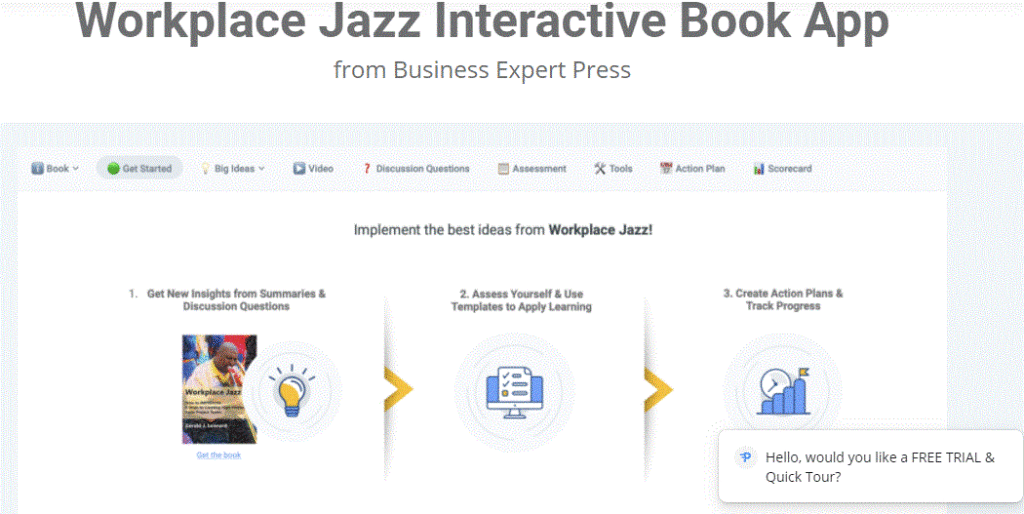Stress is something that affects everyone. Even if you’re typically calm, stress will likely impact you at some point during your life. Along with the mental anguish that comes with stress, it can also cause you to experience physical pain. While it’s common to treat stress with yoga, meditation or bubble baths, there are also foods that reduce stress and anxiety. These seven foods can reduce your stress levels.
1. Dark Chocolate
Dark chocolate may be your favorite food option when it comes to battling stress. It is full of flavonoids, which are plant compounds that contain a variety of health benefits like decreasing the body’s cortisol release. To receive the most benefit from dark chocolate, purchase a bar that’s 70% to 80% cacao. A high percentage of cacao provides you with more fiber and essential minerals.
According to one study, those who ate around 1.5 ounces of dark chocolate each day for a two-week period had fewer stress hormones in their bodies. The great thing about using chocolate for stress management is that it offers you a positive chemical and emotional reaction. Most people enjoy the flavor of chocolate, so eating it is generally enjoyable. Foods for relieving stress are a natural way to handle challenging life moments.
2. Leafy Greens
Foods for relieving stress include leafy greens. If you decide to eat leafy greens to reduce stress, be sure to buy swiss chard, spinach or fresh kale. These leafy greens contain folate, which is a vitamin that helps your body generate dopamine and serotonin. Dopamine and serotonin are feel-good chemicals.
When you’re experiencing a high amount of stress continually, your brain will start to generate more stress hormones like cortisol and adrenaline. The brain will also produce less neurotransmitters that help with relaxation and create happy emotions. The good news is that eating more leafy greens can help your body reestablish its hormone levels. If you eat a salad with three cups of spinach, you’ll be ingesting almost half of the daily amount of folate that nutritionists recommend.
3. Seeds
Foods that reduce stress include seeds. They are high in Omega-3 fatty acids, which is a nutrient that helps support your body’s cells. Omega-3 fatty acids also provide the support that your body needs to produce the type of hormones that manage inflammation.
There is a connection between your gut and your brain. When your brain is busy planning the agenda for your next meeting, your gut’s brain, which is referred to as the enteric nervous system, or ENS, is managing and monitoring your digestion. To break down food, the ENS releases enzymes that control the blood flow that your body needs to absorb and eliminate nutrients.
The ENS doesn’t think thoughts like your brain does, but it communicates with your brain. For instance, people who suffer from irritable bowel syndrome or other kinds of bowel problems may experience intense emotional shifts that the ENS triggers. In the past, medical professionals thought that depression and anxiety caused gut problems, but it may be gut problems that are causing depression and anxiety.
4. Black Tea
Drinking a mug of black tea can help people recover from stressful situations faster. One study comparing people who drank tea to those who didn’t found that the tea drinkers were calmer and had lower cortisol levels than those who didn’t. Holding a warm cup of tea can make you feel calm and relaxed.
For even more stress relief, drink lavender or chamomile herbal tea. These herbs feature relaxing properties. If you need caffeine to remain focused, try drinking green tea. This type of tea supports brain health because it’s filled with flavonoids just like chocolate.
5. Avocados
Knowing which foods reduce stress will help you treat high tension situations naturally. Avocados are a great way to get the important vitamins and minerals that your body needs to be healthy. This includes vitamins like C, B6, E and K. Avocados also contain riboflavin, folate, magnesium, niacin, pantothenic acid and potassium.
Avocados have been connected to an improvement in diet quality as well as a better intake of nutrients. They can even decrease your risk of developing metabolic syndrome, which is a set of conditions like obesity and high blood pressure.
6. Almonds
Almonds are jam-packed with useful vitamins. For instance, they contain vitamin E, a nutrient that supports your immune system. Almonds also feature B vitamins, which work to make the human body hardier when it’s dealing with moments of stress or depression. To gain the most benefit from almonds, try to eat a quarter cup of them daily.
What you choose to eat can make your body feel better or worse. If you develop unhealthy eating habits, then the food that you consume could heighten your stress levels. To keep your stress levels as low as possible, eat foods that reduce stress and anxiety.
7. Raw Vegetables
Foods that reduce stress include raw vegetables. Snacking on raw vegetables can decrease your stress in a mechanical way. When you chow down on a celery stick, slice of green pepper or carrot stick, then you can relieve the tension that develops when you clench your jaw.
After adding raw veggies to your diet, you may be inspired to start exercising. It can be tough to remain active if you work inside an office during the day but prioritize it as much as possible. Even a short walk will decrease stress and improve your physical and emotional health.
Food Can Help You with Stress
By knowing which foods reduce stress, you’ll have more ways to manage the condition. If you need support or guidance, contact me today. I can help you deal with the excess stress in your personal life and at your job.












